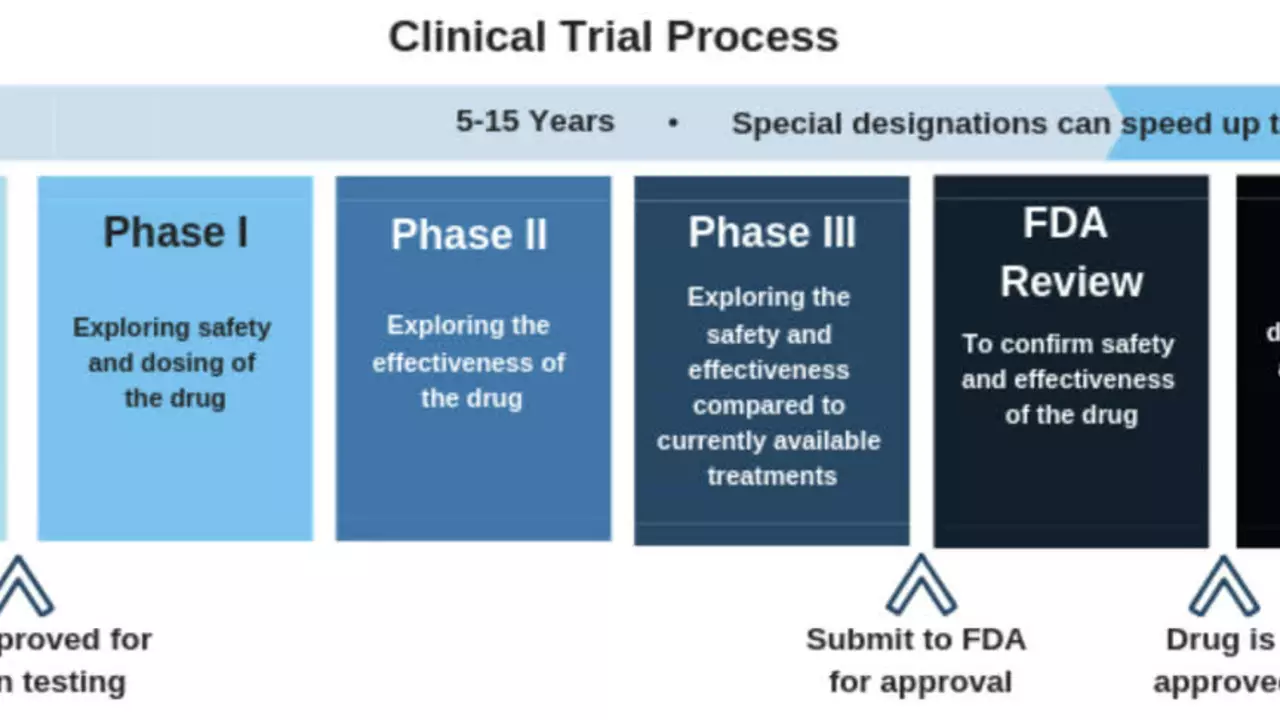FDA Approval: What It Means for You
Seeing "FDA approved" on a drug label matters, but what does it actually mean? In short: the FDA reviewed evidence that the medicine is safe and effective for a specific use. That doesn't mean it's risk-free. This page explains the approval steps, common shortcuts you might see in headlines, and quick checks you can do before buying medicine online.
How the FDA approves drugs — the basics
Pharmaceutical companies usually run three clinical trial phases before asking the FDA to approve a drug. Phase 1 checks safety in a small group. Phase 2 looks at whether the drug works and explores dosing. Phase 3 compares the drug to placebo or standard treatment in larger groups. After that, the company submits all the data in a New Drug Application (NDA).
The FDA reviews the NDA and can grant full approval, or use special pathways like Priority Review, Fast Track, Breakthrough Therapy, or Accelerated Approval. These speed things up for serious conditions, but often rely on smaller or shorter studies and require post-marketing data. Emergency Use Authorization (EUA) is another temporary tool used only in crises.
Remember: approval is for a specific use under certain conditions. Doctors can prescribe drugs off-label, which is legal but means the FDA didn't approve that specific use.
Practical checks before you buy a drug online
Buying meds online? Do these quick checks. First, search the FDA site or Drugs@FDA to confirm the product and read the label PDF. Look for an NDC (National Drug Code) and compare it to the seller’s product listing. Check whether the drug’s approval is full, accelerated, or under EUA — that affects how much is known about safety.
Watch for safety signals: black box warnings, recall notices, and MedWatch reports. The FDA posts recalls and safety alerts — if you see a lot of alerts for a product, be wary. For generics, check the FDA’s Orange Book to verify bioequivalence to the brand name.
Avoid pharmacies that don’t require a prescription for prescription-only drugs. Use verified online pharmacies (look for accreditation like NABP/Verified Internet Pharmacy Practice Sites in the US) and read recent customer reviews. If a price seems too low, ask why — counterfeit or expired stock is a real risk.
If you experience unexpected side effects, report them to your prescriber and to the FDA’s MedWatch program. Reporting helps track safety issues once a drug is used by more people in the real world.
Knowing how FDA approval works helps you make smarter choices. If you’re unsure, ask your doctor or pharmacist to walk through the approval status and safety records before you buy. Small checks can prevent big problems.
The History of Flibanserin: From Development to FDA Approval
Flibanserin, famously known as the "female Viagra", has an interesting journey to FDA approval. Initially developed as an antidepressant, it was repurposed in response to women's sexual health needs. Despite initial rejections due to concerns about its side effects, it gained FDA approval in 2015. Now, it's a key player in addressing hypoactive sexual desire disorder in premenopausal women. It's a fascinating example of drug evolution and the power of persistence in the pharmaceutical industry.
© 2025. All rights reserved.

